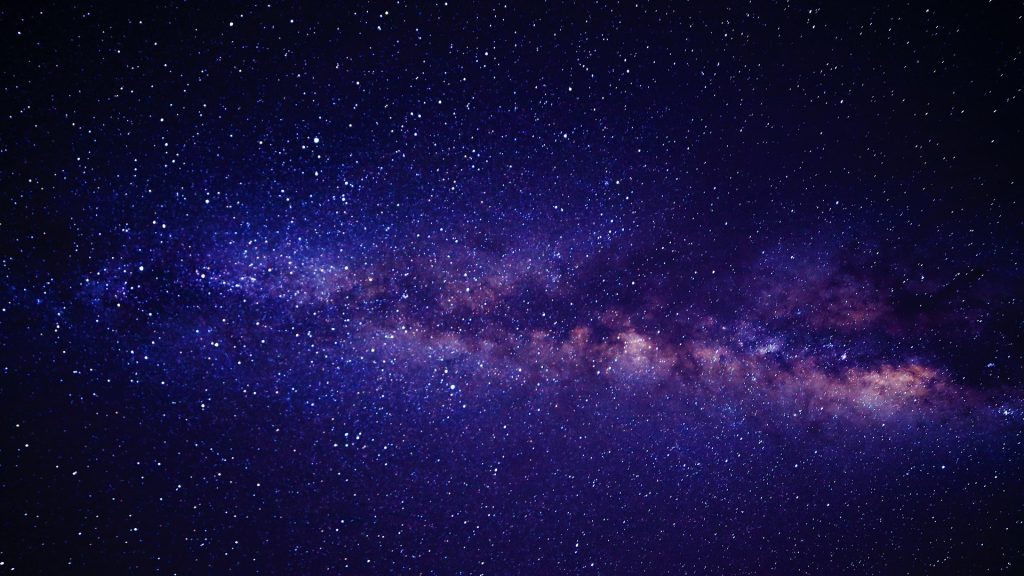A newly refined set of orbital calculations suggests that asteroid 2024 YR4 — once briefly considered a threat to Earth — could come unusually close to the Moon in late 2032. According to WPtech’s reporting, the updated models raise the possibility of a lunar strike that, while harmless to life on Earth, could create dramatic secondary effects for satellites and spacecraft.
Others are reading now
The asteroid first drew global attention after its discovery by the ATLAS facility in Chile on 27 December 2024.
WPtech reports that early analyses indicated a roughly 1% chance of an Earth impact in 2032, and follow-up observations even pushed that estimate to 3.1% — briefly making 2024 YR4 the most concerning near-Earth object tracked at the time.
The Moon, however, presents a different case. WPtech notes that new trajectory projections show the asteroid passing just 0.00007 AU from the lunar surface on 22 December 2032, with a 4.3% probability of impact.
What do we know about 2024 YR4?
According to NASA, 2024 YR4 was initially estimated to have a very small chance of impacting Earth, but that risk has now been downgraded.
Even if the estimates change, as 2024 YR4 gets closer to Earth, models indicate that even if the astroid enters out atmosphere over the ocean, the impact would be unlikely to trigger a significant tsunami.
Also read
The James Webb Space Telescope has already provided some physical data, estimating that 2024 YR4 is approximately 60 + 7 meters in diameter and reflects 8–18 percent of the sunlight it receives, consistent with an S-type asteroid.
Further observations are expected in 2026.
What a lunar collision could look like
If 2024 YR4 were to strike the Moon, scientists expect the event to be visually dramatic. WPtech reports that a team led by Professor Paul Wiegert calculated an impact energy equivalent to about 6.5 megatons of TNT — enough to blast open a crater around one kilometre in diameter.
The collision would also eject significant amounts of debris. According to WPtech, models suggest up to 100,000 tons of lunar material could reach escape velocity, sending fragments into space and potentially toward Earth. This would produce a highly unusual meteor display, visible across large portions of the planet.
Potential impact on spacecraft
While a lunar impact would pose no danger to people on Earth, the same cannot be said for satellites.
Also read
WPtech reports that modelling indicates a temporary spike in micrometeoroids — particles between 0.1 mm and 10 mm — arriving at Earth’s vicinity.
Under certain conditions, the flux could be 10 to 1,000 times greater than typical background levels.
According to WPtech, such a concentrated burst might expose orbiting spacecraft, scientific probes and astronauts to years’ worth of micrometeoroid encounters within a short span of time.
This threat would also extend to operations around the Moon, including any future crewed missions or surface facilities.
Sources: WPtech, NASA
Also read
This article is made and published by August M, who may have used AI in the preparation


